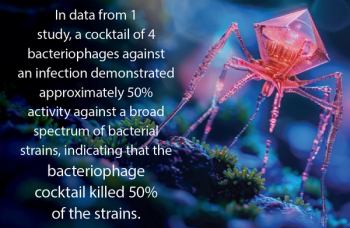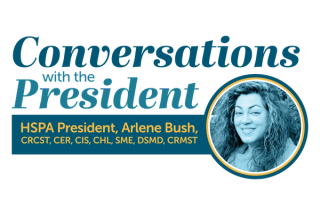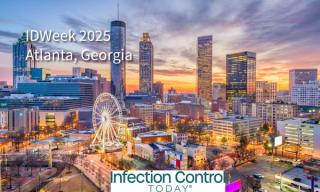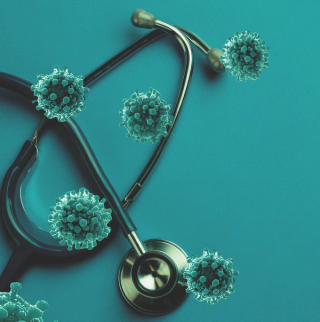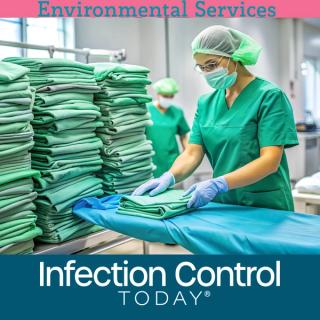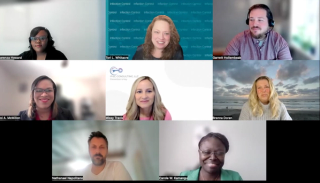
Prevention
Latest News
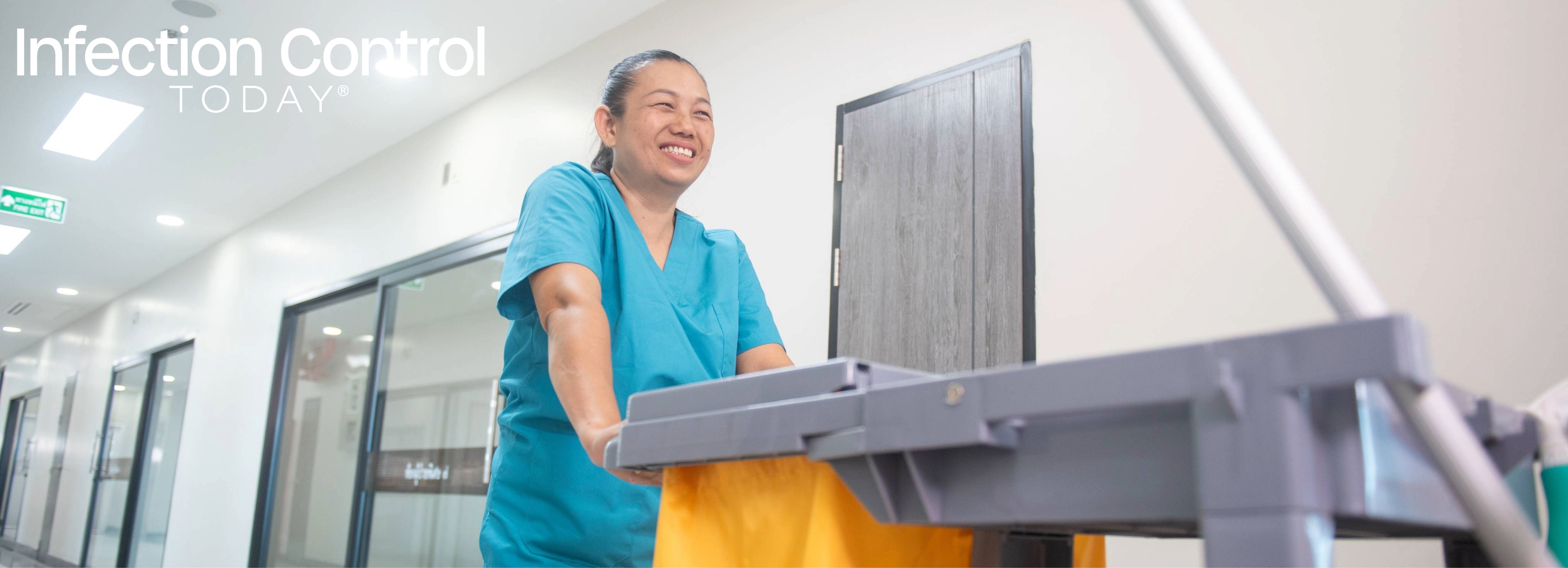
Hospitals often champion high-reliability principles, yet overlook one of their most risk-sensitive disciplines: environmental services. EVS operates in clinical environments where a single missed step can trigger pathogen transmission, regulatory failure, or patient harm. True high reliability is impossible without recognizing EVS as a core contamination-control and patient-safety function.
Latest Videos

Shorts










More News

The Advisory Committee on Immunization Practices (ACIP) has revised its long-standing recommendation for universal infant hepatitis B vaccination, shifting to an individualized, parent–provider decision-making model for babies born to hepatitis B–negative mothers. The change sparked intense debate among committee members.

Infection prevention has outgrown the idea that only bedside nurses belong in the role. Today’s IP work is epidemiology, data science, quality, and systems leadership—yet non-RN experts are still told they “don’t belong.” It is time to broaden the pipeline and value competence over a single professional credential and experience.

A large population study of more than 1,100 adults suggests there are really 2 biologically meaningful nasal states: noses dominated by Staphylococcus aureus and noses ruled by protective commensals like Corynebacterium and Dolosigranulum. Intermittent carriers fall in between, prompting researchers to rethink long-standing categories of S aureus colonisation and risk.

As financial pressures mount across U.S. health care, infection preventionists are increasingly caught in the crossfire of hiring freezes and sudden layoffs. The profession’s resilience is being tested, and for Saba Shaikh, MPH, an unexpected dismissal became both a stark wake-up call and the start of a healthier, more empowering new chapter.
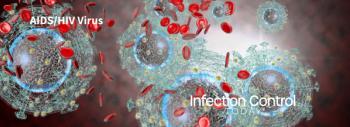
Despite decades of progress transforming HIV from a fatal diagnosis into a manageable chronic condition, today’s antiretroviral therapies still face a stubborn barrier: They work brilliantly in theory but fall short when access, adherence, and real-world challenges get in the way. As long-acting injectables emerge and curative research accelerates, developers are being pushed to design interventions that perform not just in controlled trials, but in the complex realities of the communities most affected by HIV.
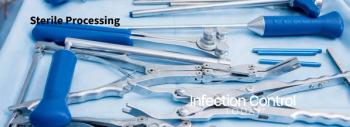
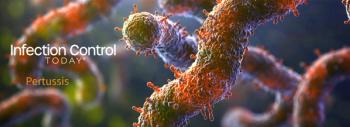
Whooping cough is surging across West Virginia just as vaccine misinformation and new exemption policies erode one of the state’s most reliable defenses against the disease, leaving infants and other high-risk residents increasingly vulnerable.
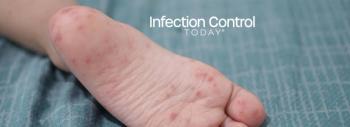
Hand, foot, and mouth disease is spiking across parts of the US, with some states reporting record numbers of outbreaks. Experts say environmental conditions, shifting immunity, and new viral strains may be driving this year’s rapid rise.

Thank you, IPC professionals, from Infection Control Today!

Missed opportunities, Graves warned, place patients at risk. Many surgical patients are immunocompromised, and a stethoscope may come near the incision. “Regardless of the scenario, [cleaning the stethoscope] each time is going to protect patients.”

“We believe it is essential to reaffirm what decades of rigorous research have already demonstrated. Vaccines do not cause autism," a statement from SIDP, APIC, and HOPA stated, released this morning (Nov 21, 2025).

Stethoscope hygiene, UV technology, and dwell time failures took center stage in this second installment of a panel of experts explored why routine disinfection still lags and what must change in clinical practice.
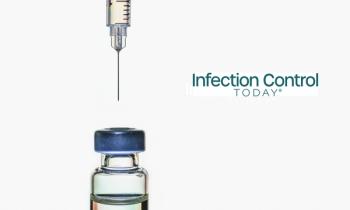
For more than 80 years, the humble chicken egg has quietly powered one of modern medicine’s most vital defenses: vaccines. Even in an age of recombinant DNA, mRNA platforms, and cell-based innovations, more than 80% of the world’s influenza vaccines still begin in an egg. The process is time-tested, affordable, and reliable—but also imperfect. read this to learn more.
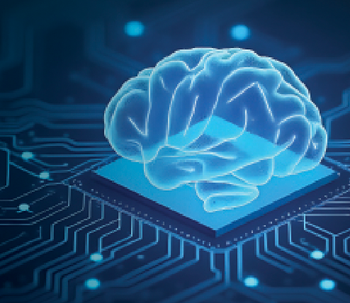
With hospitals across the country accelerating investments in automation, why does human competence remain vital?

Dental and oral surgery clinics are often overlooked in infection prevention programs, yet lapses can have serious consequences. Strengthening surveillance, sterilization, and patient safety practices is critical to reducing surgical site infections.

Two unsettling zoonotic developments are testing the limits of infection prevention and public health vigilance in the US. In Washington State, a resident has tested preliminarily positive for avian influenza, marking the first human case in 9 months. Meanwhile, in New Jersey, researchers have documented the nation’s first fatality linked to alpha-gal syndrome, which is a tick-borne meat allergy caused by the bite of the lone star tick.
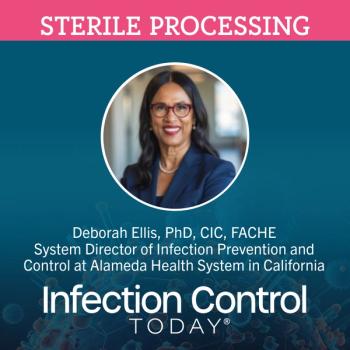
Elevating IPs into executive leadership isn't symbolic; it's a strategic imperative.

Oman is earning international attention for transforming hospital environmental hygiene into a national success story. Through the Clean Hospitals initiative, updated cleaning contracts, and workforce training, the Ministry of Health is showing how a unified approach to cleaning, auditing, and accountability can reduce infection risk and raise global standards in health care hygiene.
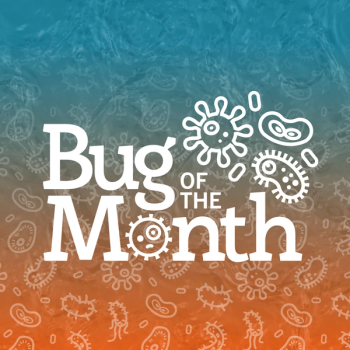
The Bug of the Month helps educate readers about clinically significant pathogens, both existing and emerging, in today's health care facilities.
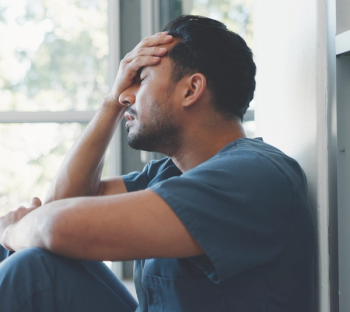
We all know that preventing employee fatigue and burnout requires a multipronged and ongoing effort to address the issue. There’s probably not a company in this nation that hasn’t experienced exhausted and frustrated employees, and the struggle is real to keep everybody engaged and motivated.
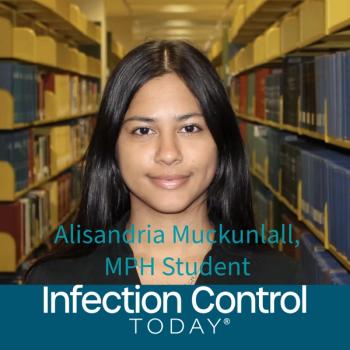
What's it like to be an infection prevention associate and an MPH Student? Read this to hear one person's point of view.

Sherrie is back! In this The Clean Bite, she discusses single-use vs Resusable Dental Supplies. Ultrasonic scaler tips, burs, and endodontic files are often reused despite being marketed as single-use. How many patients are at risk from shortcuts in reprocessing?
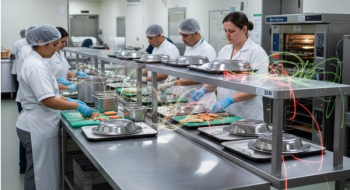
"Hospital tray lines operate at high speed to feed hundreds of patients daily. Staff members plate food, cover trays, and load them onto mobile carts that navigate elevators, hallways, and patient rooms. Each of these steps introduces opportunities for contamination."

I’ve known Monica and Tim forever, which is why their sepsis battles aren’t just “patient stories” to me. They’re a reminder that infection hides in ordinary days, and that vigilance, source control, and smart antibiotics save lives.
